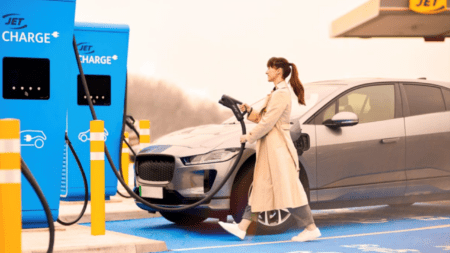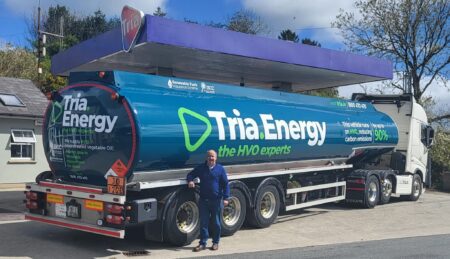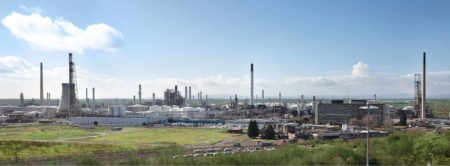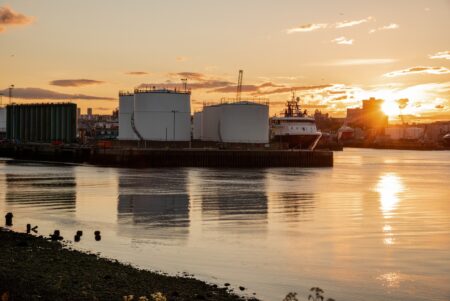search | zero-emission
...cleaner fuels among key challenges faced. Now, with the target to meet net zero by 2050 putting particular emphasis on the need to decarbonise operations and products, the sector faces...
...is no longer a niche alternative – it’s becoming a mainstream choice for progressive companies seeking real, measurable emissions reductions. “Our journey with HVO started over four years ago, and...
...showed significant reductions in emissions, including an average 10% reduction in harmful NOx emissions, 22% reduction in particulate matter emissions and 2.8% reduction in CO2*. The addition of Esso Diesel...
...readers with advice taken from industry leading companies on how to save money and lower emissions by reducing fuel use in their diesels fleets. The average emissions from LERS members...
...emissions, and in line with international carbon accounting practice, the Scottish Government considers the combustion of biomass to produce net zero CO2 emissions at the point of use.” This is...
...its commitment to reducing emissions and promoting environmental stewardship’ the local authority is urging others with HGV fleets to do the same. Since launching its green fleet initiative earlier this...
...emissions, resulting in cleaner air quality. Compared to standard Esso™ diesel, the Esso Diesel Efficient™ fuel helps to reduce Nitrogen Oxide emissions by an average of 10 per cent and...
...feedstocks and that they also meet stringent greenhouse gas emissions thresholds. Sustainable Racing Fuel Assurance Scheme The Sustainable Racing Fuel Assurance Scheme (SRFAS) has been developed by Zemo Partnership and...
...towards Essar Oil UK’s $1.2 billion investment in decarbonising the refinery by reducing around 2 million tons of CO2 (95%) emissions, making it the world’s first low carbon refinery and...
...broader energy transition journey. Updated renewable transport fuels policies are essential in reducing the emissions of the light road vehicle sector and, in time, such policies should help reduce emissions...
...carbon emissions by 86%. Renewable liquid fuels can be delivered now using the existing infrastructure in place and are being tested in consumer homes in the UK. The challenge in...
...emissions reduction high on the agenda. “Looking at the energy trilemma of emissions reduction, security and affordability, emissions have been the most important for Europe. But we are seeing increasing...
...is the gradual replacement of natural gas by hydrogen and in time ‘green hydrogen’ generated from renewable energy via electrolysis. This will gradually reduce the CO₂ emissions of current processes...
...emissions by 45% (compared with 2019 levels) before 2030. Shell already has its own goal of achieving net zero emissions by 2050 but losing a case of this magnitude could...
As part of its strategy to reduce carbon emissions, the RAC is trialling 100% renewable hydrotreated vegetable oil (HVO) as an alternative fuel to power its recovery trucks. The RAC...
...the 6% reduction in greenhouse gas (GHG) emissions by 2020. However, the DfT proposes to consult again on possible trajectories in 2012; revised legislation will not be ready until 2013....
...emissions reductions in energy and other sectors, transport has become the largest source of GHG emissions. The changing face of transport A wide range of vehicles are supplied by products...
The removal of proposals for a much reduced NOx emission level and a penalty on non-modulating domestic oil-fired boilers are ‘extremely positive for our industry’ says Jeremy Hawksley When the...








